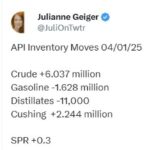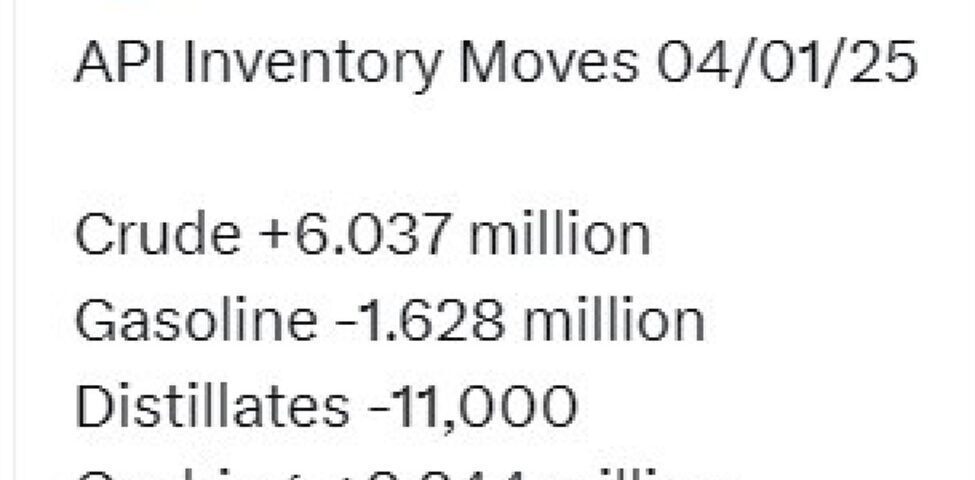
Navigating the Uncertainty: Recent Trends in U.S. Crude Oil Inventories
Tháng 4 1, 2025Understanding Trump’s Tariff Policies: Impact and Implications for Global Trade
Tháng 4 1, 2025Mixed Trends in U.S. Crude Oil Inventories: A Comprehensive Analysis
As of late March 2025, recent reports indicate a mixed trend in U.S. crude oil inventories, causing a ripple of interest among market analysts and energy investors alike. Understanding these trends and their implications is crucial for stakeholders in the oil market. As commercial crude oil inventories shifted during March, the effects on pricing and demand projections have sparked considerable debate. Those interested in market trends might find additional insights at EA Trading.
Recent Inventory Fluctuations
In the week ending March 21, 2025, the U.S. saw a notable decrease in commercial crude oil inventories, with numbers dropping by 3.34 million barrels. This substantial decline exceeded market expectations and suggests a tightening supply that could bolster crude prices. In contrast, during the preceding week ending March 14, crude inventories experienced an unexpected increase of 1.745 million barrels, which was greater than analysts had predicted. This inconsistency in inventory changes signals volatility, which can influence strategic planning for industry stakeholders. Investors should be aware of key mistakes to avoid, which can greatly improve their decision-making, as discussed in this article on investment mistakes to avoid for long-term financial success.
Adding to the complexity of inventory trends is a recent private survey that suggests a significant crude oil build is on the horizon, challenging the prevailing sentiment of a predicted draw. The discrepancy between the anticipated draw and the survey’s forecast of a build underscores the unpredictable nature of the crude oil market, which remains sensitive to shifting dynamics.
Market and Analyst Expectations
Market analysts are closely monitoring these fluctuations, as they typically have a direct correlation with crude oil prices. An increase in inventory builds is commonly interpreted as a signal of weaker demand. Conversely, draws often indicate stronger demand, prompting potential price increases. For the week ending March 28, analysts forecast a modest decline of about 700,000 barrels in crude stocks. However, the private survey’s indication of an impending build could introduce downward pressure on prices should these predictions come to fruition.
The trade community is eagerly awaiting confirmation from the U.S. Energy Information Administration (EIA) for its official figures. This data will be essential in validating current expectations and providing clarity on market trends.
Impact on Prices and Demand
The balance between draws and builds in crude oil inventories plays a pivotal role in shaping market dynamics. Should the anticipated build materialize, it could alleviate upward pressure on prices, reflecting weaker demand than previously expected. In contrast, confirmation of the recent draw would support prices, suggesting that demand remains robust in spite of broader global market uncertainties.
Aside from inventory levels, analysts are also paying close attention to refinery capacity and product stock trends, as these factors play a significant role in overall market health. A deeper understanding of these metrics can yield more informed predictions surrounding crude oil prices, ultimately guiding investment decisions as well as corporate strategies related to production and distribution. Barry Ritholtz’s investment advice highlights the importance of avoiding psychological pitfalls in investments, which is particularly relevant in navigating the volatility linked to crude oil inventories. For more insights into avoiding such pitfalls, check out this useful resource on investment mistakes to avoid for success.
In conclusion, as the U.S. crude oil market navigates these mixed inventory indicators, stakeholders must stay informed on the evolving landscape. Analysis of inventory trends and their potential repercussions on prices and demand remains essential for understanding the future of crude oil in both domestic and global markets.

